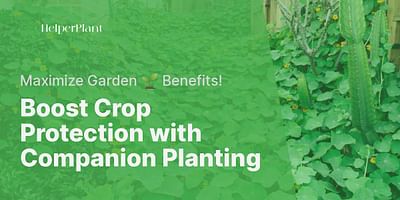Bradford Hudson, a devoted farmer and writer, has spent over two decades mastering the art of companion planting. Convinced of the crucial role it plays in sustainable farming, he is fervently dedicated to spreading awareness and knowledge about it.
When it comes to companion planting, it's important to know which vegetables should not be planted together. While some plants thrive when grown alongside each other, others can actually hinder each other's growth or attract pests. Here are some combinations to avoid in your vegetable garden:
Tomatoes and Cabbage: Tomatoes and cabbage are not good companions. Tomatoes release a chemical called solanine, which can inhibit the growth of cabbage plants. Additionally, cabbage worms are attracted to both plants, so planting them together can lead to a higher risk of infestation.
Beans and Onions: Beans and onions should not be planted together. Onions release a chemical that can inhibit the growth of beans, and beans can stunt the growth of onions. It's best to keep these two plants separate in your garden.
Carrots and Dill: Carrots and dill should not be planted together. Dill can attract pests that feed on carrot roots, such as carrot rust flies. To protect your carrots, it's best to plant them away from dill.
Peppers and Fennel: Peppers and fennel should not be planted together. Fennel can inhibit the growth of peppers and can also attract pests that can damage pepper plants. It's best to keep these two plants separate in your garden.
Potatoes and Tomatoes: Potatoes and tomatoes are not good companions. Both plants are susceptible to late blight, a fungal disease that can quickly spread between the two. To prevent the spread of disease, it's best to plant potatoes and tomatoes in separate areas of your garden.
Cucumbers and Sage: Cucumbers and sage should not be planted together. Sage can inhibit the growth of cucumbers and can also attract pests that can damage cucumber plants. It's best to keep these two plants separate in your garden.
Radishes and Hyssop: Radishes and hyssop should not be planted together. Hyssop can inhibit the growth of radishes and can also attract pests that can damage radish plants. It's best to keep these two plants separate in your garden.
Remember, these are just a few examples of vegetables that should not be planted together. It's always a good idea to do some research or consult a companion planting chart to ensure that you're making the best choices for your garden. By avoiding these combinations, you can help your vegetables thrive and reduce the risk of pests and diseases. Happy gardening!















